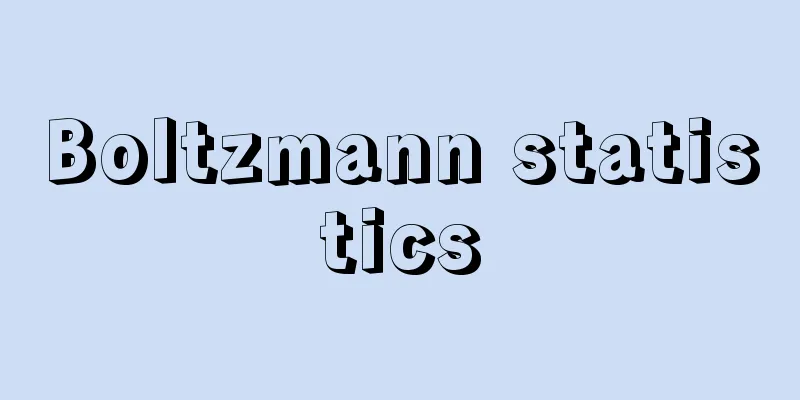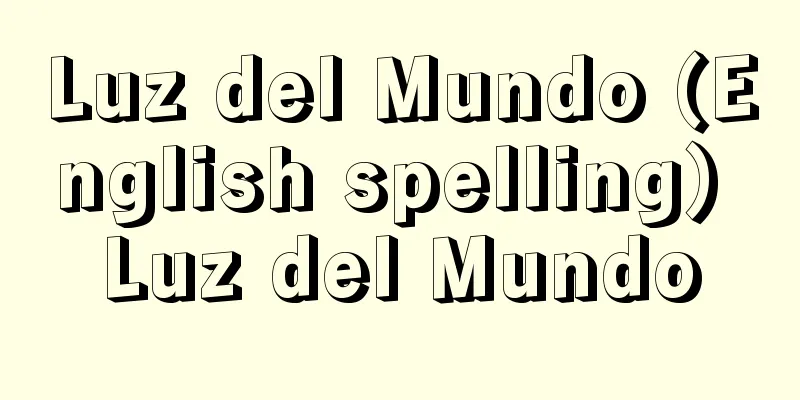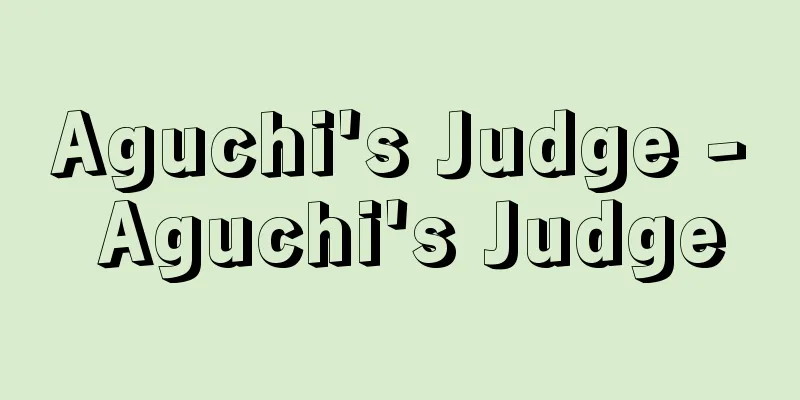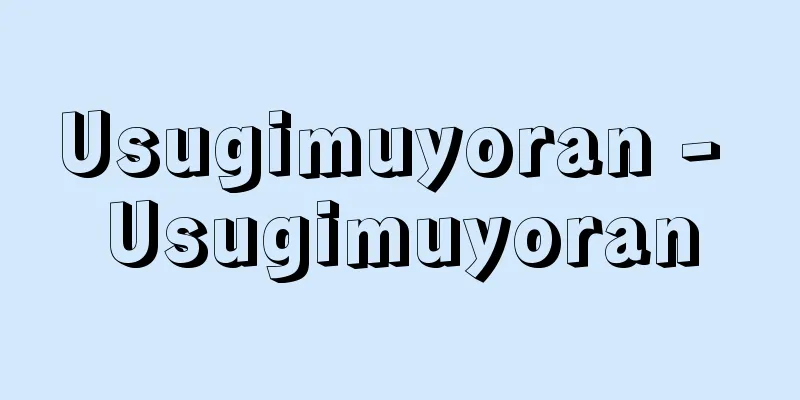Grave goods

|
Items placed in a tomb when a dead person is buried. In addition to items that are thought to have been used or owned by the deceased during their lifetime, there are also items that were made specifically for burials and items that are thought to be for use in the afterlife. Of these, organic materials such as cloth, paper, and wood decay, so there is a limit to what we can learn about them. The types and quantities of grave goods vary depending on the era and region. Almost no grave goods were found during the Jomon period, but by the Yayoi period, some jar burials and sarcophagus tombs in western Japan contained grave goods such as mirrors, jade, and bronze implements, and by the Kofun period, a wide variety of items, including mirrors, accessories, stone products, weapons, military equipment, horse equipment, agricultural tools, and earthenware, were buried in most kofun tombs, although the types and quantities varied. However, grave goods are rarely found from the historical period onwards. Differences in the contents of grave goods likely reflect the age, sex, and status of the buried person, and are thought to represent changes in funeral concepts over time. The locations where grave goods are placed also vary; even within the tomb chamber, they may be placed only inside the coffin, or they may be separated into inside and outside the coffin, placed on the grave path or on the burial pit, or sometimes a burial pit or room specifically for grave goods may be set up. Grave goods provide clues as to when the tomb was built, the level of craftsmanship at the time, customs, social structure, and funeral ideas. [Mochizuki Mikio] Source: Shogakukan Encyclopedia Nipponica About Encyclopedia Nipponica Information | Legend |
|
死者を埋葬する際に墓内に納められた品物。死者が生前使用したり所有していたと考えられるもののほか、埋葬用に特別につくられたものや、死後の世界で使用するためと考えられるものがある。これらのうち有機質の布、紙、木などは腐食するため、われわれが知ることのできるものは限られている。 副葬品の種類や量は時代や地域によって差がある。縄文時代には副葬品はほとんどみられず弥生(やよい)時代になると西日本の甕棺墓(かめかんぼ)や石棺墓のなかに鏡、玉、青銅器などの副葬品をもつものが現れ、古墳時代になると鏡、装身具、石製品、武器、武具、馬具、農工具、土器など多種多様な品物が、種類や量を異にしながらもほとんどの古墳に副葬されるようになる。しかし、歴史時代以降は副葬品はあまりみられなくなる。副葬品の内容の違いは、被葬者の年齢、性別、身分などを反映したものであろうし、時代による葬送観念の変化を表していると考えられる。 副葬品の置かれた場所もさまざまで、墓室内であっても、棺内のみの場合、棺内と棺外に分かれる場合があり、墓道や墓壙(ぼこう)上に置かれたり、ときには副葬品専用の埋納壙や部屋を設けたりすることもある。 副葬品は、墓の築造年代、当時の工芸技術水準、風俗習慣、社会構造、葬送観念などを知る手掛りとなる。 [望月幹夫] 出典 小学館 日本大百科全書(ニッポニカ)日本大百科全書(ニッポニカ)について 情報 | 凡例 |
<<: Heterocyclic compounds - Heterocyclic compounds
Recommend
Tokoro ruins
<br /> The remains of a settlement thought t...
Okiamagi - Okiamagi
…It is also called Umibuna. In Kochi and its surr...
Poor harvest - Fusaku
〘noun〙① (━suru) To not cultivate. ※Koyasan documen...
Shuuioujoden - The Tale of the Dead
This work follows on from Zoku Honcho Ojoden and i...
Fujiwara no Akiyori - From Fujiwara no Akiyori
Year of death: Hisayasu 4.1.5 (1148.1.27) Year of ...
Khadija bint Khuwaylid
[raw]? [Died] 619. Mecca Muhammad's first wife...
Aluminum Company of America
…Aluminum Co. of America is the common name for t...
Albornoz (English spelling) Gil Álvarez Carrillo de Albornoz
1310‐67 Spanish-born priest and church politician....
Allata body hormone
A hormone secreted from the corpora allata of ins...
Largemouth Bass - Largemouth Bass
…Black bass is a Japanese-English word. It is als...
Minor key - Tancho (English spelling) minor key English
One of the two tonal genres of tonal music. Tonal...
HLA type
…[Yasuhiro Nakajima]. . . *Some of the terminolog...
Artificial Climbing
...the anchor is generally a piton (a metal nail ...
British and Foreign Temperance Society
…In the 19th century, people began to criticize t...
Phyllostomus hastatus (English spelling) Phyllostomus hastatus
…Their diet consists mainly of insects, fruit, an...









